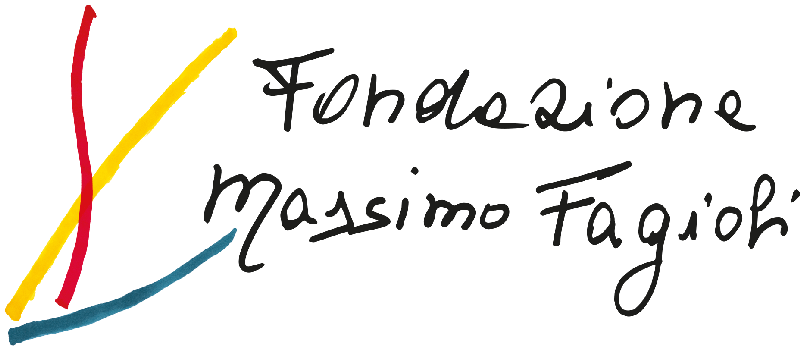A changing face. A different way of being yourself that can be achieved in relation with the Other. On our face are the signs of a culture which belongs to an older time still present, such a culture which keeps influencing choices, ideas, and thoughts. “What happens after, thus the future, has aspecific connection with what now is present. The link has to be found inside the dynamic, in which the present reality gets radically transformed. Through its disappearance, it allows the creation of a new reality, which did not exist yet, and offers the link with the past, i.e. what existed before”. (M.Fagioli, Theory of Birth and human castration, 2008. p. 221).
Massimo Fagioli in his Birth theory wrote: “a human being can find its own unique truth of being itself only through the loss of the past, respecting the current moment in which it’s living.” (ibid., p. 222). Stopping being afraid of what we can be, separating from the past, from the memories of what we were to allow us to discover a new image of ourselves, which we can find and recognize in the mirror, transforming it through creativity. A new face, which loves itself. Finding a new internal image, recreating our own birth through valid relationships – we discover thisway, that a new way of being together is possible. We shall find courage to see a new image of ourselves in the mirror, and leave the old one behind. This can be possible within a psychotherapy such as the one based on the Birth Theory of Massimo Fagioli and on the interpretation of dreams.
A valid relationship with a therapist allows us to let go of the identification with the past – these, inmetaphor, are covering our face in dirt and putting a limit, a castration to our internal evolution, to our ideas and to the will to be and to evolve. In this way we can allow ourselves to access a different kind of love – not just for ourselves, but for the Other. The discovery of freedom through a warm and true human bound. Massimo Fagioli writes in Bambino, Donna e trasformazione dell’uomo: „your face is my inner image“. (L’asino d’oro edizioni, p. 42).
These thoughts came all together in this visual and auditory project, which you can check at the website www.achangingface.org. Here follows the description you can also find online: The two of us met while pursuing our own individual research. We talked at first, but soon switched towriting, reflecting, drawing and imagining. The words we imagined gave voice to our shared thoughtabout human relationships – that a new way of interacting in a romantic relationship is possible. And thus, this project was born: a manifesto of images and sounds—inspired by Massimo Fagioli’s theoryof birth —that talks about how we feel love.
2022 marks the fiftieth anniversary of the publication of„Instinct of death and knowledge“ (L’Asino d’oro edizioni, Rome 2017), the first of four books outlininghis theory. In this work, the concept of “disappearance fantasy” acts as a pillar, an essential scientific discovery about human birth. The idea is that a face initially appears as a painting. The arched eyebrows carry an idea, a phrase thought up by us: “The discovery of freedom through a warm and true human bond” – This conjures the idea of a relationship that is both idealized and realistic at the same time. The eyes, the nose, the senses, end up merging at the mouth, which speaks through the arpeggios of four chords, imaginingthe sound. The return of the number four – four phrases, four chords – comes from knowing that thefirst book of Massimo Fagioli’s theory has been translated into four languages and that this theory isbased on four languages.
The new fifth published edition (2022), in a language for visually impairedpeople, gave us the impulse to also make our exhibit into a tactile experience, and to give access to Braille readers to this website, where they can read the descriptions and hear the music. We tried to put images together with sound, music and voices to explore a new way of loving, whichgoes beyond the different human languages. Trying to love through all the senses, which speaks to our unconsciousness. A picture extends, and the perception of it flows into a digital sphere: the image becomes a poster, and a QR code facilitates access to a web page. On this page, the words by Massimo Fagioli, through the voices of many women and men, and the musical accompaniment, which takes up the harmonies seen on the mouth-staff. A sentence: “Your face is my inner image” (Bambino, donna e trasformazione dell’uomo, p. 42, L’Asino d’oro edizioni, Rome 2007).
In the virtualspace, the possibility of reading and thinking, in the physical space, the one of creating and remakingy our own image: the presentation of this work will be accompanied by a performance, in which everyone will be invited to draw the outline of his face on a mirror. A reflection about the inner image, to discover one’s own reality in relation to the Other.
